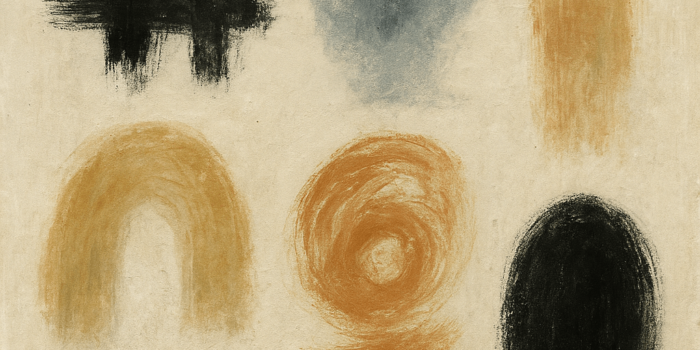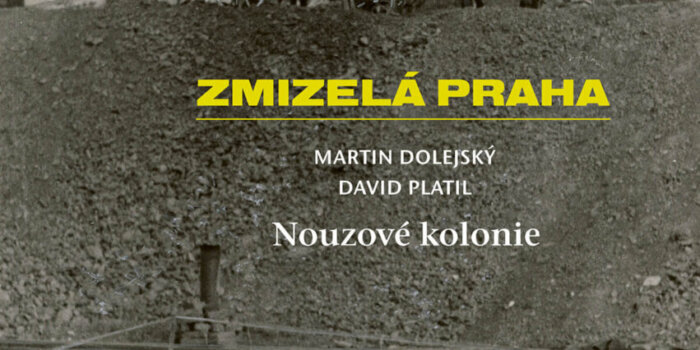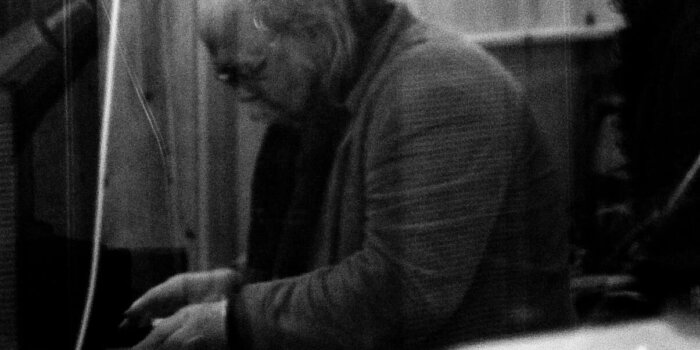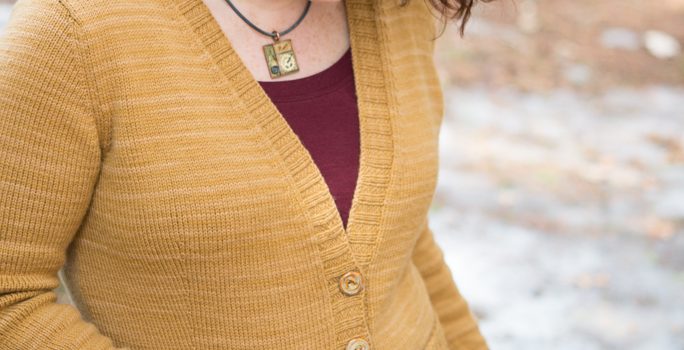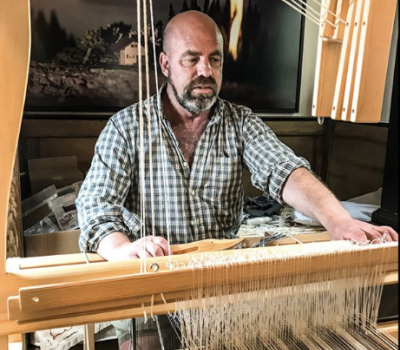Rob M Strauss: The study of art is essential for anyone who wants to participate in our cultural heritage.
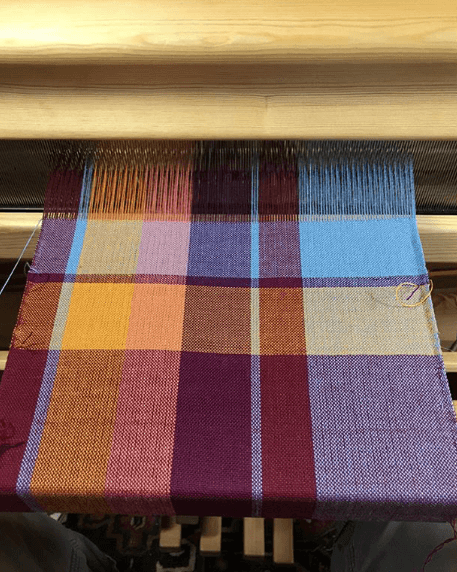
Rob M. Strauss is a weaver. An American man who spends time weaving scarves and other things, coming up with new colour combinations and ideas. We chatted with thim about what an artisan’s lif eis like these days.
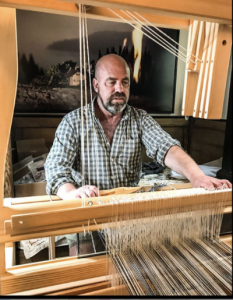
You are a weaver, so naturally, my first question will be, why this medium? What is so beautiful about yarns, threads and such?
Initially, I was attracted to weaving by the patterning, in both structure or in color. There is something about pattern that engages the mind and pulls you into it. It has a rhythm that is like music.
Weaving is more aligned with craft than with fine art, so it has a rich tradition that the weaver can draw on. The weaver is humbled by being part of continuous line extending back to ancient times.
Your first medium was stone though, if I understand correctly.
Yes, I loved stone carving. I enjoyed working in a medium that could be transformed from a vague lump of stone into something entirely different. There are inherent difficulties with stone, the most important being it’s toxicity. I needed something that wouldn’t be damaging to my health. So weaving was a logical solution. It’s also so much easier to move around and store.
Is there a growing trend to weave? I am asking because ravelry, the knitting server, now features weaving as a category, so maybe there is something like a trend?
I really can’t tell if it’s more popular than in the past. I think the internet has certainly helped. The ease in finding tutorials to learn from is a factor. It’s also very easy to find supplies online and encouragement from many online groups. For this reason, I think crafts are undergoing a resurgence.
How did you get you loom or looms?
I researched online. There are many kinds of looms. I started with a 4-shaft floor loom, a jack loom, with a narrow weaving width which turned out to be the perfect choice. I eventually increased the weaving width. Then I advanced to an 8-shaft floor loom. It’s wider (a 100 cm weaving width) and a countermarch-type as opposed to a jack loom. The countermarch mechanism is different than a jack loom that makes it ideal for working with fine and inelastic thread like linen and silk.
Do you make a living selling you products, or do you need to hold another job?
Unfortunately, I’m not able to make a living from selling my scarves, but it certainly helps. I’m hopeful that someday, I will be making enough to live on.
How do you market your things – is it online, in person, on shows, fairs?
I sell online and occasionally I set up a table on the sidewalk here in Hudson NY. Hudson is a retail center and has a healthy weekend tourist crowd.
Do people think those things are expensive, and if they do, how do you explain it to
them?
If people compare my products to those that come from places like China, I can’t compete in price. But in relation to other American weavers, I’m priced just about right or even a little lower than others. It takes someone knowledgeable about fabric and weaving to see the inherent quality in my work. Fortunately, there are plenty of these sophisticated clients.
Men who knit are not that usual. Do you get a lot of surprised reactions? Or is it more common amongst gay men so there is no big deal?
I haven’t knit much since I took up weaving. It’s just a matter of not finding enough time.
There’s nothing about knitting that makes it gender-specific, so other knitters don’t see anything unusual about men knitting. It only matters to people who don’t knit or people who are constrained to thinking in a very narrow way. And, fortunately, their opinions aren’t important.
Do you find it complements your weaving? Do you plan any projects that combine the two?
It’s similar in the amount of time it takes to do a project. I’m used to knitting projects taking days or months to complete, so the time to complete a weaving project didn’t seem so bad. It’s very soothing to have a project to come back to day in and day out.
I’ve never thought about combining the two, but it’s certainly something to explore.
I see you studied art – how was it and do you find it was a big help for you?
This is a big question, but suffice it to say that the study of art is essential for anyone who wants to participate in our cultural heritage.
What are you favorite materials? You mostly make cotton things. Are any other things planned? And where do you buy them? Do you also recycle?
Right now, I’m starting to explore linen and silk and I’m excited about the possibilities. I started with cotton, so that I could focus on a complete palette of colors in just one fiber. I started with one size of cotton and then added finer and larger threads. I’m incrementally increasing my repertoire, so I don’t get overwhelmed.
You mostly make beautiful scarves. What other projects do you do, or plan to do?
I could stay with scarves forever, but I’m also intrigued by making garments. I’ve never sewed, so it would require learning some new skills
I’m gradually learning the art of dyeing, with the goal of doing ikat weaving, where the warp (or weft) threads are dyed in a pattern before they enter the loom for weaving. I’m excited about the possibilities.
What are the best and worst things about being an aritisan?
Probably, both the best and worst thing was simplifying my life in such a way that I could focus and weave without distraction. I live alone (except for a few dogs). And I’ve matured to the point where I don’t need to seek stimulation from much that isn’t right near me. Walking the dogs, going to the local coffee shop to join friends, and the occasional dinner is all I need to relax between long periods of just weaving.



